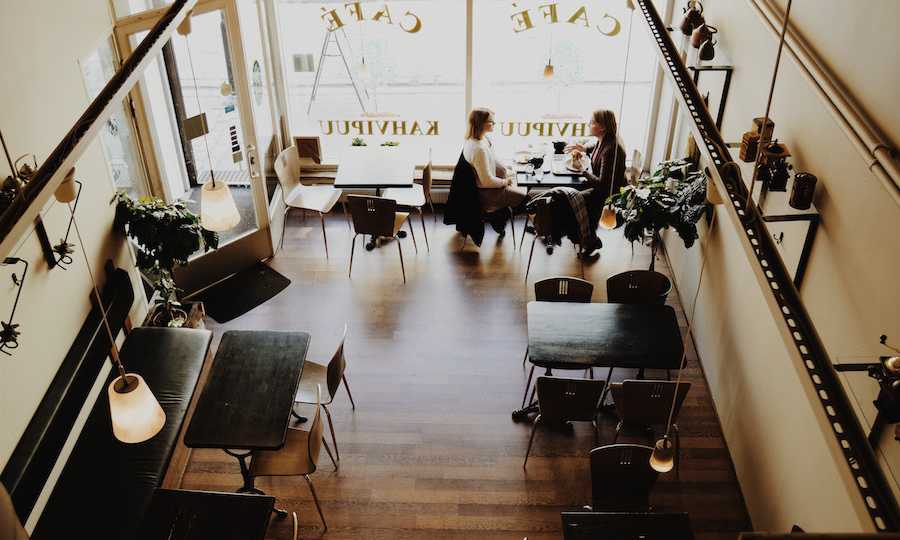What do diners expect of the places where they eat out in the Internet age? A designer restaurant or somewhere that just offers convenience, high quality or low prices, technology or tradition?
Answers to these questions, indeed a complete, rounded picture of 2.0 consumers has been provided by Trade Lab’s research project presented in Rome on the occasion of Social Media Week and commissioned by Mixer, with the participation of Host.
Surprisingly, the most important aspect appears to be the human touch, that is to say the welcome diners get as they enter the establishment, which might simply come down to the smile on the faces of courteous staff (a primary concern for 45.3% of those interviewed), and something the Baby Boomer generation in particular is concerned about (53.9%).
This factor is an indication of just how important it is to invest in restaurant staff. Of course when you are dining out the visual appeal of the dining table matters greatly too, and the second most important factors are indeed place settings (13.4% of respondents believe this to be a key element in the choice of restaurant, a percentage that rises to 51.2% taking the top three factors), followed by furnishings (9.3%, with 44.3% ranking it among their top three considerations).
And these aspects are not matters of passing attention or decisions that are based on whims, as can be gleaned from the comments that appear on social networks, where the welcoming factor once again comes out on top (scoring 8 on a scale of 1 to 10), closely followed by the presentation of dishes (7.4) and the atmosphere inside the establishment (7.2), two aspects that play a crucial role in creating the image and the way the restaurant is advertised – increasingly important aspects nowadays.
It is a fact that Internet is playing an increasingly central role in the business of dining out. More and more people are going on line to get information about places to eat (something 61.5% of those interviewed say they do), the purpose being to compare prices (69% of the sample), check-out what those who have dined there have to say (60.3%) and study the kind of cuisine on offer (59.9%).
The most widely used sources are the restaurant’s own websites (62.5%), the inevitable Trip Advisor (62.3%) and, trailing quite a way behind these, Facebook (33,3%).
One respondent out of every four does not settle for a “passive” public image or video about experiences had at a given restaurant, (35.2% of Millennials do this (but just 8.9% of Baby Boomers do, which gives a good sense of the difference in approach between generations).
By far the most widely-used platform to do this on is Facebook (chosen by 74.2%), followed by Trip Advisor (35.5%) and Instagram (17.5%). Comments published are for the most part positive (61% of the sample), while no more than 20% of verdicts are negative.
One aspect that the public clearly care a great deal about is consistency: what a restaurant advertises must correspond to the food it actually serves.
And consumers love things to be hand made, wholesome and environmentally sustainable; they like their meals to be personalised and they love it when they are offered a discount on a product (although this is something of a rarity).
Finally, ethnic and international cuisine is greatly appreciated, although Italian diners are clearly still very much attached to traditional Italian cuisine.
The research conducted by Trade Lab for Mixer with the collaboration of Host was carried out on a representative sample of the Italian population, comprising some 2,000 respondents in an age range of between 15 and 65, who were interviewed through an on-line questionnaire.
The aim of the survey was to find out more about the needs, demands and expectations of those eating outside the home, with attention focused in particular on the role now played by social media.


















